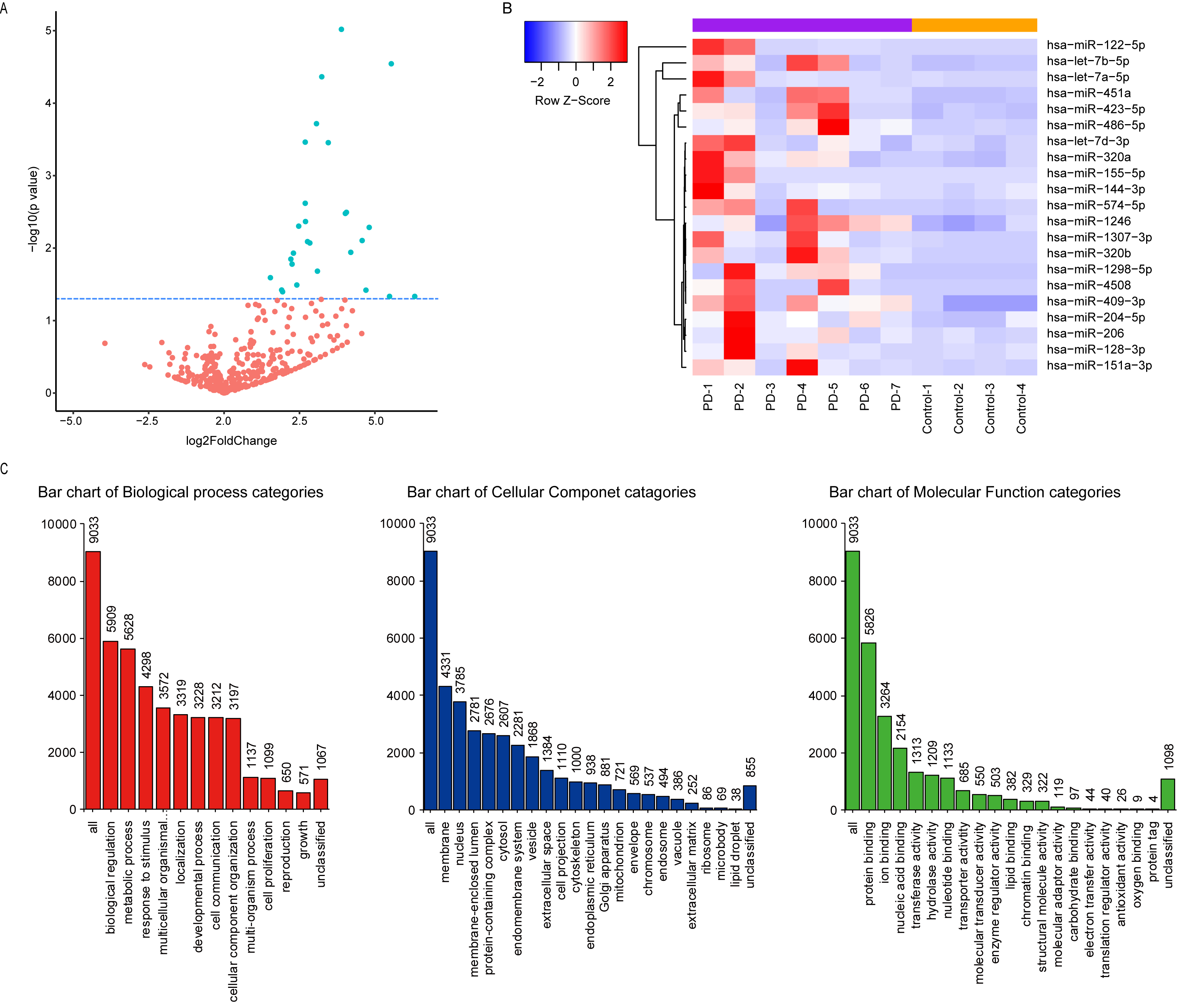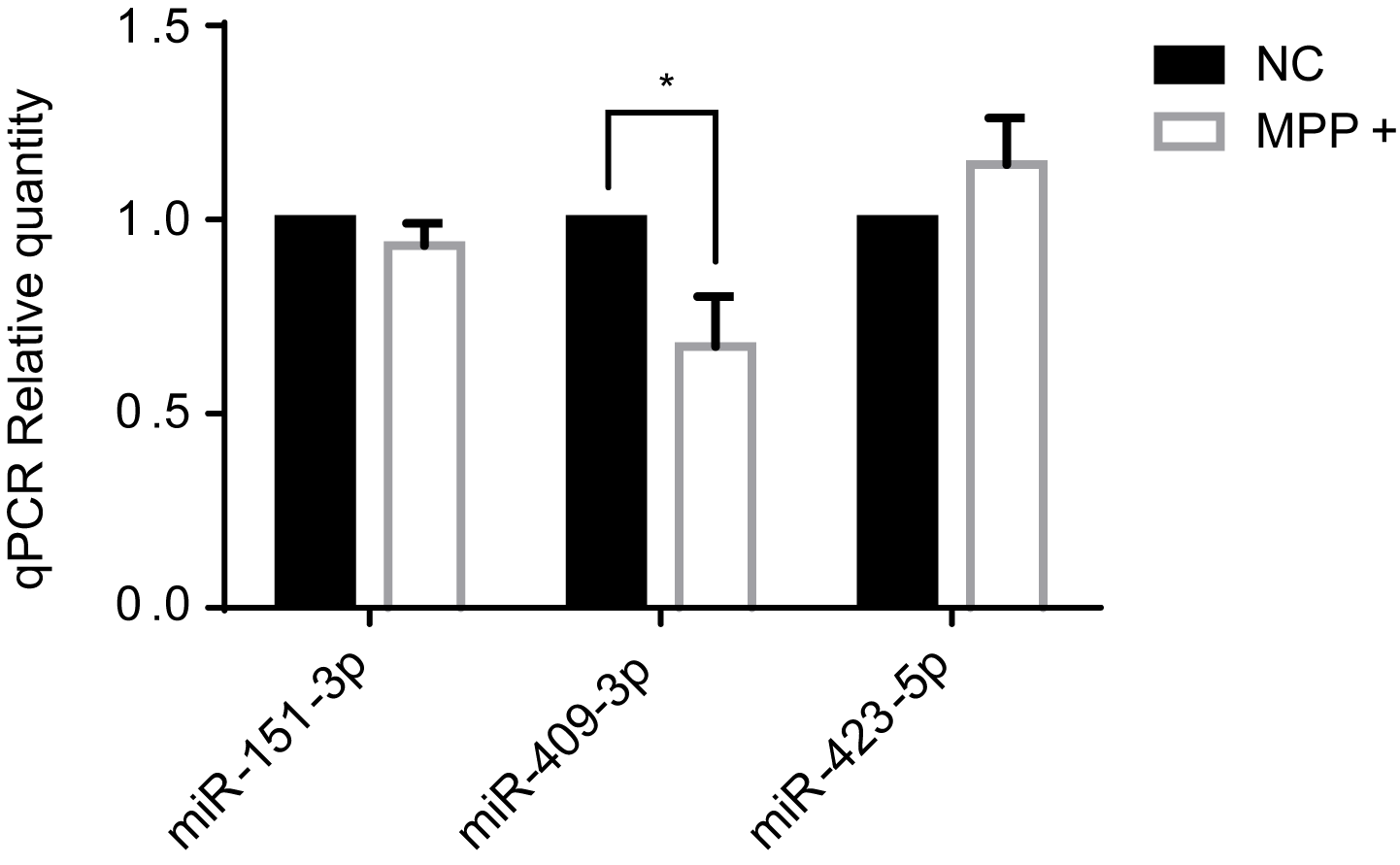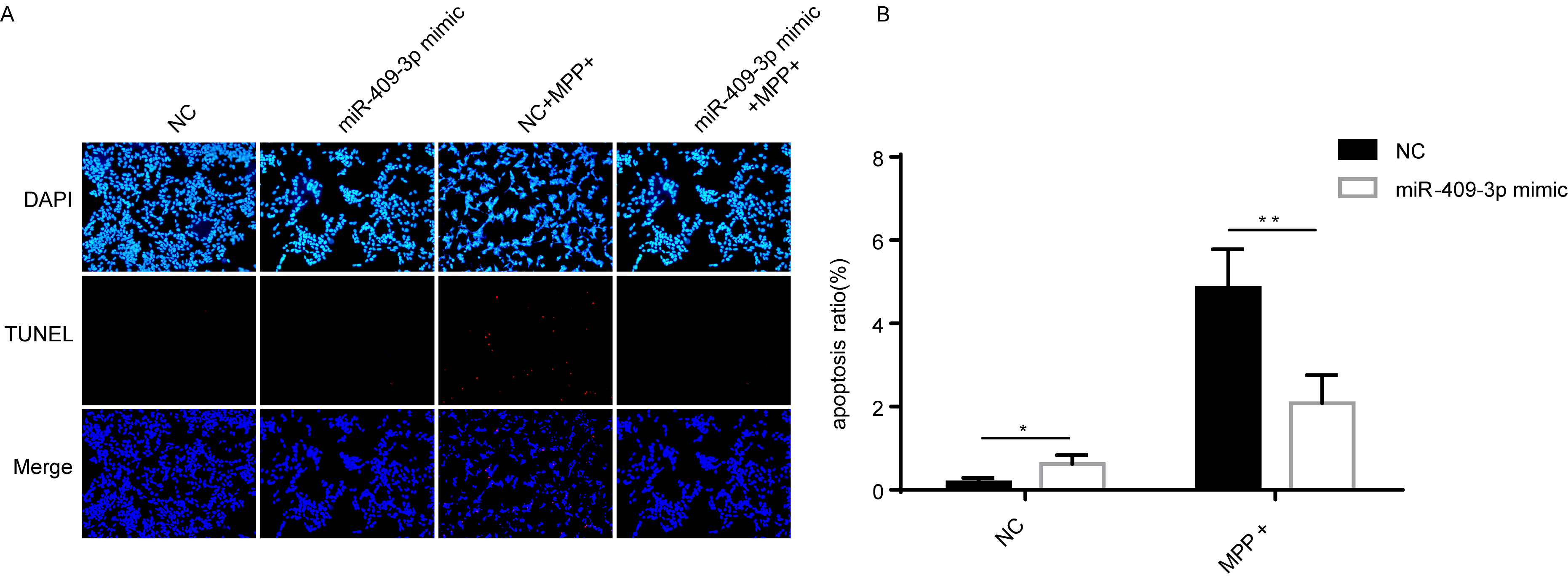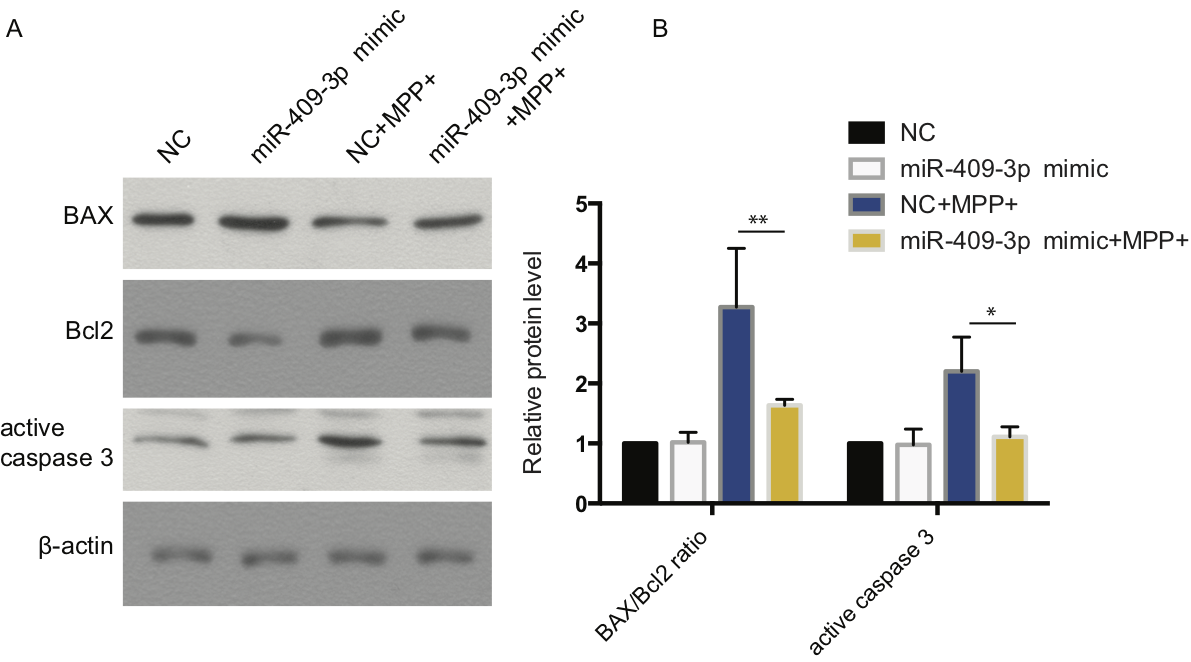Objective: To improve the precise diagnosis of PD at early stage requires more feasible and objective methods. MicroRNA (miRNA) was believed to be a potential and promising candidate biomarker in PD. This study aimed to determine whether miRNA of cerebrospinal fluid (CSF) can be used as a diagnostic biomarker and its role in the pathogenesis of PD.
Background: PD is the second most common degenerative disease across the world but the rate for diagnosis at early stage is still low. Most investigations about PD candidate biomarkers show that the outcomes from CSF were more stable than from other body fluid. Recently, emerging evidences suggest that miRNA may be a promising and potential biomarker with rather high sensibility and specificity. MiRNA is a class of abundant, endogenous, noncoding RNAs comprising of 20–22 nucleotides acting as post-transcriptional regulators of gene expression.
Method: CSF samples were collected to quantify the level of miRNA by sequencing. Subsequently, candidate miRNAs of altered expression levels were then detected in MPP+ treated cell models. PD cells models were over-expressed miRNAs and then tested for its apoptosis changes using TUNEL, as well as apoptosis-related proteins BAX, Bcl2 and active caspase 3 by Western blot. Adenovirus-associated virus (AAV) was injected into the SNc of mice by stereotactic injection in vivo. MPTP was used to construct acute PD mice model. The number of DA neurons in SNc of mice was detected by immunofluorescence staining of brain sections.
Results: 21 miRNAs had higher expression levels in PD patients(Fig1). The miR-409-3p showed a decreased expression level in SH-SY5Y cells induced by MPP+(Fig2). TUNEL showed that overexpression of miR-409-3p can reduce apoptosis induced by MPP+ in SH-SY5Y cells(Fig3). Western Blot show that the ratio of BAX/Bcl2 decreased and the expression of active caspase 3 decreased in PD cell model with overexpression of miR-409-3p(Fig4). In PD mice model, the number of TH+ neurons on the side of overexpression of miR-409-3p was more than that on the contralateral control side(Fig5).
Conclusion: This study further indicates that miRNA in CSF can be the ideal biological biomarker for PD. Besides, the miR-409-3p has been confirmed the protective effect of on DA neurons, providing new targets and directions for future drug research on PD, and its mechanism is valuable to be explored.
To cite this abstract in AMA style:
X.L Tan, J.Q Tan, F.Y Ming, LL. Lv, H.N Zhang, B.S Tang, W.Q Yan, RR. Bai, X.K Peng, Q.L Xiao, C.Y Wang. Profile of miRNA expression in CSF of Parkinson’s disease identifies miR-409-3p regulating the apoptosis of dopamine neurons [abstract]. Mov Disord. 2020; 35 (suppl 1). https://www.mdsabstracts.org/abstract/profile-of-mirna-expression-in-csf-of-parkinsons-disease-identifies-mir-409-3p-regulating-the-apoptosis-of-dopamine-neurons/. Accessed December 26, 2025.« Back to MDS Virtual Congress 2020
MDS Abstracts - https://www.mdsabstracts.org/abstract/profile-of-mirna-expression-in-csf-of-parkinsons-disease-identifies-mir-409-3p-regulating-the-apoptosis-of-dopamine-neurons/





